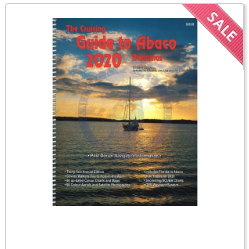It is not a new
fact to tell that oil is a major source on which the world runs. Mainly, the
oil is transported on ships, which is known as oil tankers, around the world.
As these oil tankers carry liquefied cargo in bulk, that has hazardous nature,
seafarers have to be extra careful with safety training. Considering the risk
involved with oil transportation, ISGOTT
(The International Safety Guide for Oil Tankers and Terminals) is
recommended.
The purpose of the ISGOTT guide is to offer operational advice to
seafarers involved in tanker operations directly. In all ISGOTT editions, it is emphasized that the oil tanker’s operator
must be ever ready to give information, support, and guidance to the ship
in-charge master. Also, terminal management must make sure safe operation
practices.
- Flammable - Cargos that mostly oil tanker ships carry are flammable in nature. Some of them even release gases that may create a combustible mixture made of hydrocarbons. In a flammable mixture, 1-10% is hydrocarbon gas while the rest is air.
- Smoking- Smoking is extremely prohibited in the air as several cases of fire have been recorded in the past. It is essnetial for workers to seafarers to follow all set of instructions and only to smoke at designated or permitted areas.
- Steam - Injected steam into a piping system or compartment that contains a flammable mixture is a strict no. the reason is high-velocity water droplets get charged when passing through the nozzle and produce a charged mist.
- CO2 - The CO2 firefighting system suppresses ignition when you spray CO2 at high velocity over the fire. Due to rapid evaporation, the particles cool down and form solid carbon dioxide, that may get electrostatically charged.




No comments:
Post a Comment